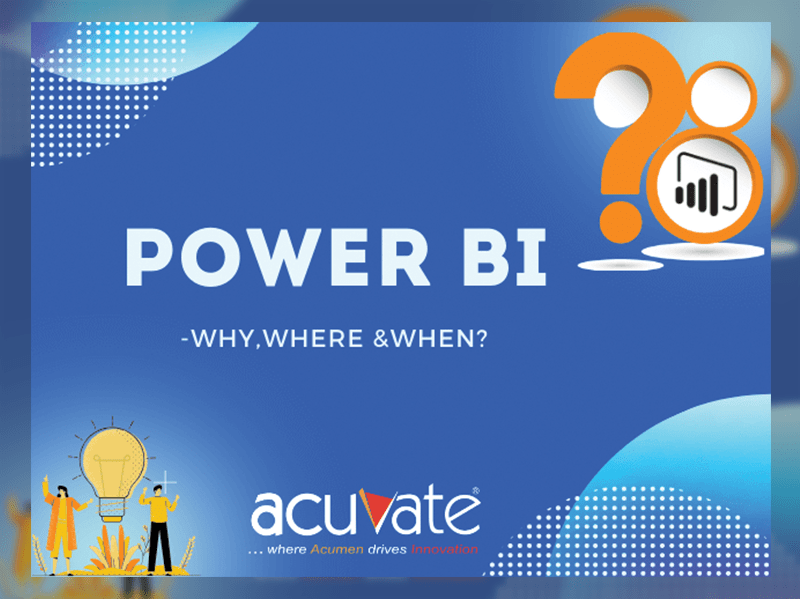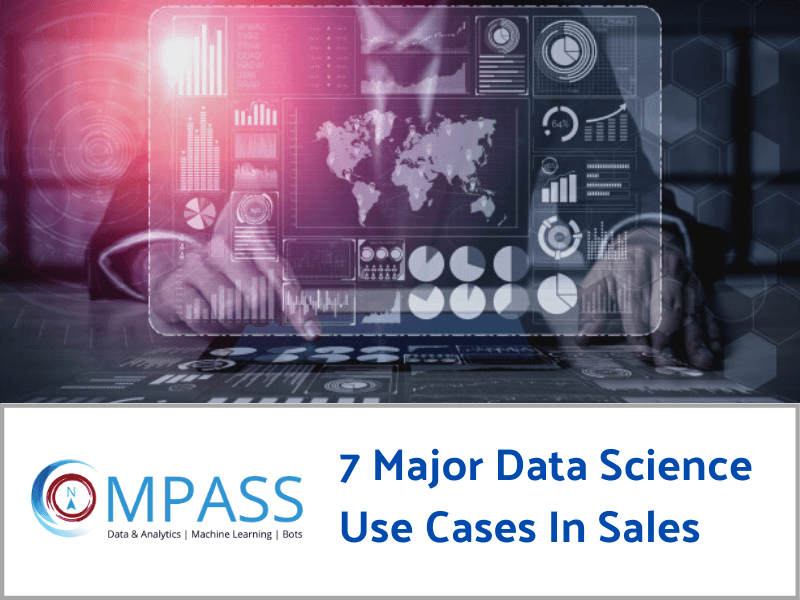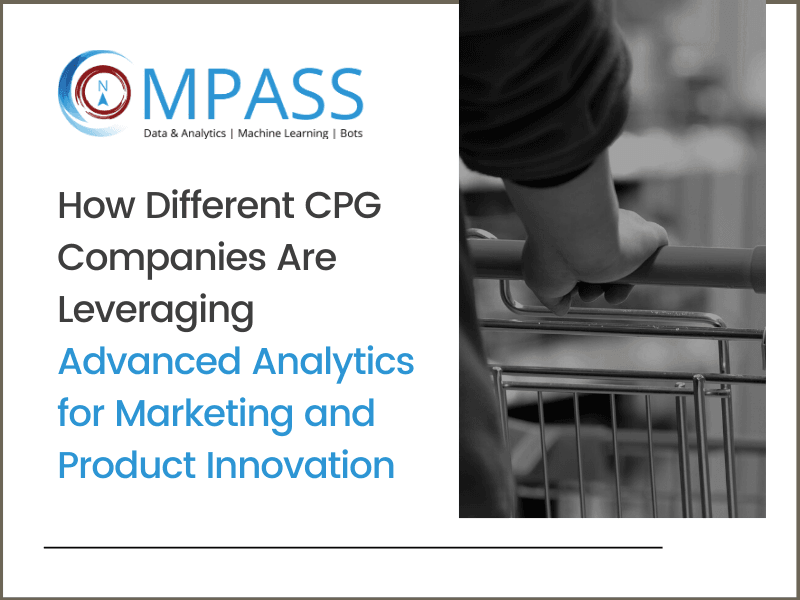Power BI is the new buzz word in the Microsoft world with good visualizations and Natural Language Query like “Show Sales by Products where city is London” giving chart showing the results. While many of the customers are really impressed with this capabilities they are confused where to use it and when to use it.
Thinking of Power BI I remember a dialogue we had years back where a business user was not happy with the set of delivered reports as the person needed one more report which was critical to business and seemed to have got missed. The question was
Business user: “Can’t I have this report in the next one hour for my review “
IT : “ Wish magic was possible but it can’t be, we need time till end of day tomorrow at least to get this done and also we might have to reshuffle some of the deliverables due to you to accommodate this. “
Well enter Power BI the magic is definitely possible now and what is more, the magic does not require IT intervention and can be done by the Business users themselves. Before we understand where power BI fits into an organization’s Power BI, Let us try and understand what the various components of Power BI are. The Power BI stack is made up of the following three tools.
Power Desktop
This is a designer tool which uses Power Query where you can connect to various data sources inside the enterprise or unstructured data sources on the web such as Facebook. You can use Power Desktop to import data, combine two data sources and add any business logic to build charts on that data.
Power BI Service
This is a cloud based service which allows you to upload the Power Desktop file to the Power BI online service using a secure login which has the model and reports and also upload Power Pivot files used by Excel users or connect to various data sources .
Apps for Mobile Devices
Microsoft has apps for tablet and mobile form factors which covers the major devices of Microsoft, IOS and Android. Since Power BI is HTML5 it renders on all these devices. Using these apps you can highlight a specific section of a report to highlight a concern area like sales going down for a category.
Data Management Gateway
This is a client installation on a server which allows you to connect Power BI service to an on premise database.
Apart from these a customer can extend and add their own visualizations to Power BI by adding D3 charts library by customizing using visual studio.net.
Now comes the question that with SQL Server Reporting Services, Performance Point Services, Excel, and Datazen being present when do I use power BI. This decision will be based on the investments made in the existing IT landscape and the tools available for deployment and also the target audience for BI. Is it a CXO, Information Analyzer or Operational user?

Power BI is best suited for CXO’s and the Information Analyzers groups.
The CXO’s want to keep a track of key KPI’S like EBIDTA Margin, Sales Target Vs Actual and would like to be alerted if it goes above or below a specific threshold. They would like to analyze this on their mobile devices to check why these KPI’s are not being met and possibly highlight areas of concern and send an email to the respective stakeholders asking for an explanation. This can be done using the mobility apps of Power BI where a specific section of the report can be highlighted and sent as an email.
An extension of this is where the Information analyzers are in a review meeting and the CXO’s don’t have the information that is needed the answer they usually get is that, “ Sure we will get the information you need by a … date as we need time to prepare a report for that.“ This time is no longer needed as using Power BI service you can ask questions like “Show total orders by category where country is France” and you get that answer. No more taking time to get that information. The information analyzer can ask Natural Language questions provided the data is there in the model to get the answers needed.
If you’d like to learn more about this topic, please feel free to get in touch with one of our experts for a personalized consultation.



